How many 'vaccine' mandate exemptions were granted in New Zealand?
reflecting on those who managed to keep their jobs and their health, but coerced others to get the jab....
For those who say ‘it’s all in the past, just forget about it’. No. There is an injustice here that has impacted many peoples’ lives and will continue to have serious negative effects for an unknown length of time into our future.
Ethically, morally, legally and medically, ‘vaccine’ mandates were wrong and must never be allowed to return, ever. I’m sorry to say, we are only at the very beginning of learning about how our judicial systems were captured by BigPharma, globally - and therefore what we can do about it. We can start by investigating who managed to escape the tyranny and how. What insights can be drawn from the ‘vaccine’ mandate exemption policies and procedures in each country?
[For those who need a revision document for the Timeline of the NZ covid era policy responses, I found a useful one here.]
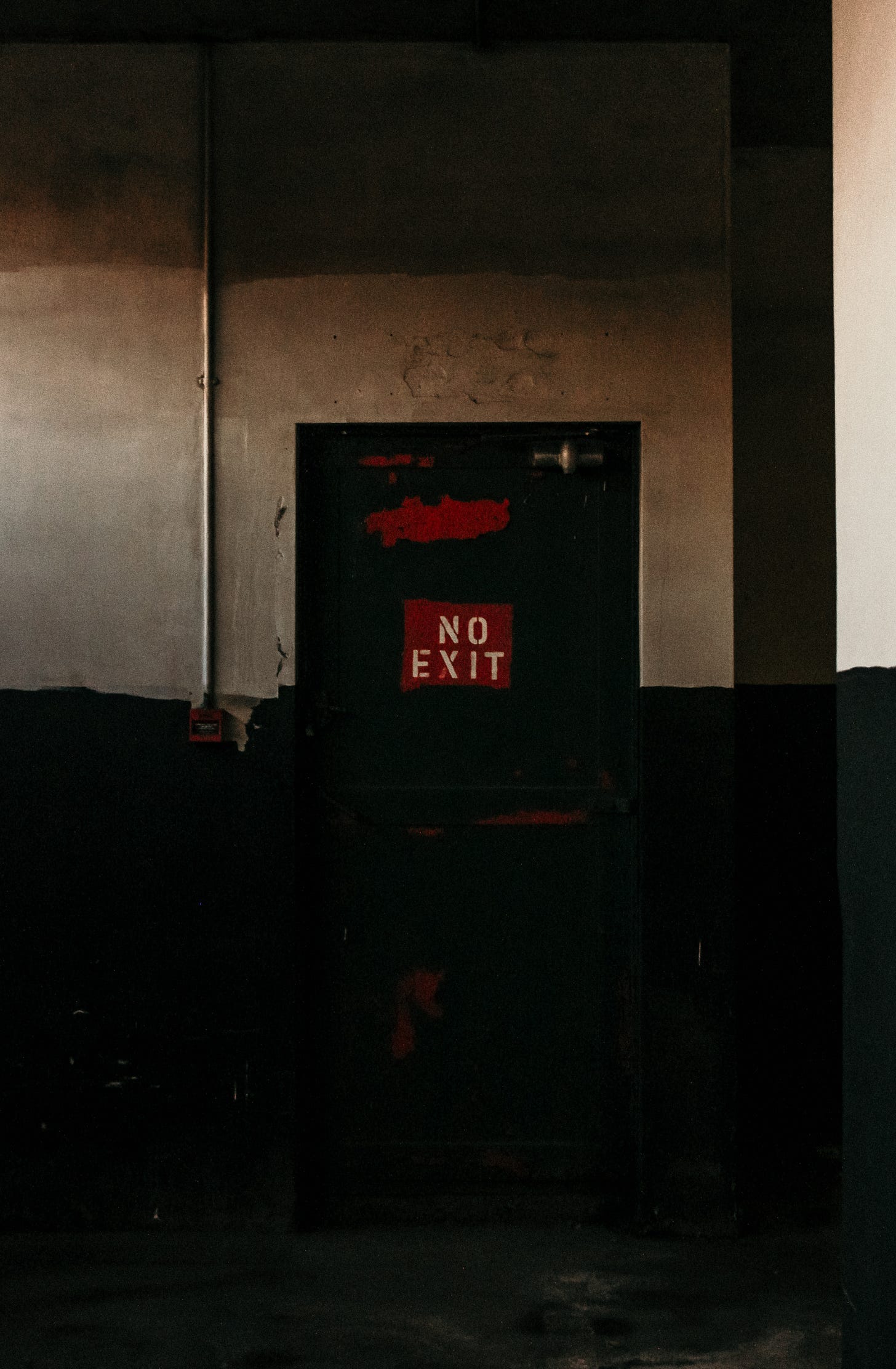
Where we are so far:
The legislation changes in New Zealand echoed much of the rest of the ‘developed’ democracies in applying a covid-19 ‘vaccination’ order to all public sector staff in November 2021. Exemption processes were changed numerous times, but generally were in two parts - either you were exempted for ‘medical’ reasons, or for reasons of SSD - Significant Service Disruption criteria. For many, obtaining either of these types of exemption (which were applicable to work and day-to-day existence, like entering a public library) - was impossible. Gatekeepers - either your own GP, your school principal or your line manager - all largely followed the political line of ‘safe and effective’. The rest, as they say, is history.
The behavioural science element of this policy is valuable to reflect on. The psychology works through creating ‘sludge’ - these are the ‘Dark Patterns’ from the Nudge Unit that make it so, so convenient to ‘go along’ with the narrative (get the jab), rather than to pursue the seemingly complex, formal, ‘abnormal’ route of applying for, and waiting for ‘acceptance of’ your “special” exemption:
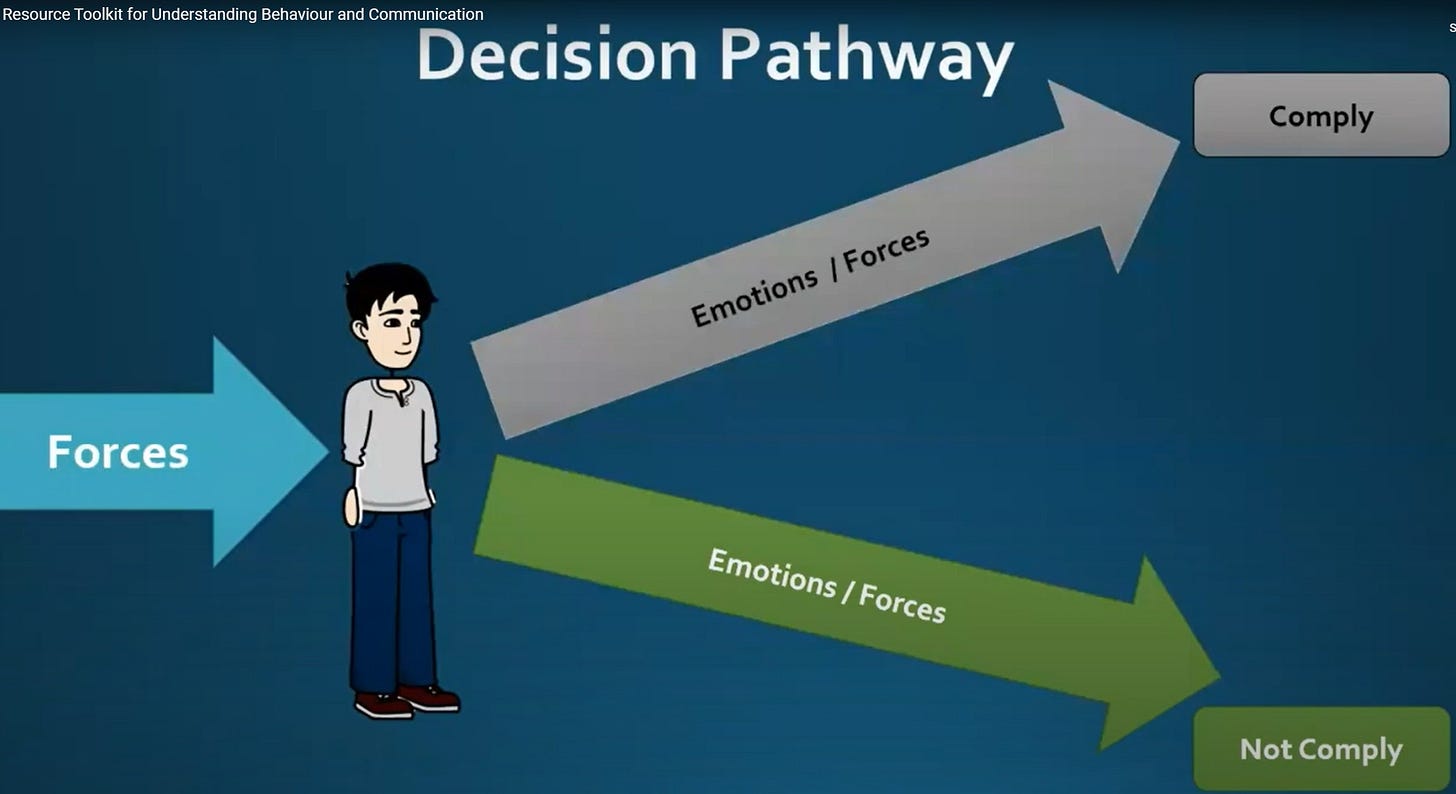
Anyway, putting aside the psychology for now, what has emerged is a curiosity about exactly how many New Zealanders managed - somehow - to seek and obtain one of those Willy-Wonka-Like ‘Golden Tickets’ of Freedom: a ‘legitimate’ exemption certificate. Was it, in fact, many, many more than anyone ever realised? And if so, where are those people now? Shouldn’t they be speaking-out about their rationale for opting-out and also supporting those New Zealanders who were coerced into taking the jab for work or other reasons, and/or were harmed or bereaved through taking it?
published the response to an OIA about the numbers of SSD-type exemptions granted, which statedFrom 13 November 2021 to 26 September 2022, a total of 478 applications for Significant Service Disruption exemption (SSD) were received. 103 applications were granted, covering approximately 11,005 workers.
However, this is slightly confusing when my own OIA from last year (published here yesterday) asking a similar question, including a breakdown of those numbers, provided a total of 6,706 staff.
There’s a significant difference - so which is valid?
This data is exacerbated by some confusion regard the numbers of “applications” for SSDs, which could represent numerous individuals in a particular role within a sector, compared to actual individual exemptions. There is also the issue of repeated applications for those which were initially declined. The 6,706 figure is for those healthcare staff associated with DHBs (now amalgamated), so it’s also possible that the additional 5,000 were contractors or somehow otherwise connected but not directly connected to the DHB systems.
Note that these numbers also aren’t the total number of individuals who obtained an exemption in New Zealand, because others were granted their application on the medical criteria. It’s possible these are similar total figures, but difficult to fully quantify because these were not necessarily staff at a particular company. For instance, this OIA response on the FYI public site indicates that by the 14 Feb 2022 there had been 254 medical exemptions granted, out of a total of 405 applications.
What doesn’t make sense for me at the moment is why in her affidavit to the Court dated February 2022 Rachel Mackay, the person responsible for implementing the COVID-19 Public Health Response (Vaccinations) (No 3) Order (the Order) as part of implementing the COVID-19 Vaccination and Immunisation Programme (CVIP) stated:
There is a typo in that she meant 26 January 2022 (not 2021), but we can see the discrepancies here. In Jan 22 only ‘eleven’ applications for an SSD had been granted covering an unknown number of individuals. By the September of that year, 103 applications had been granted, totalling over 11,000 individuals. This is a significant number of staff, nearly 15% of the total healthcare workforce. Why wasn’t this reported at the time?
But…
…these data were specifically only for healthcare workers - what happened to the other public sector and other staff who applied for an exemption? Were they forced to go the medical criteria route? I don’t have access to the latest data, but anecdotally very few people managed to apply and as we can see from the above OIA response, only about 50% of those were granted.
Meanwhile, at the height of this covid-craziness (Nov 2021), the NZ legacy media at that time was reporting all kinds of misleading information about the injection exemptions, claiming that ‘80% of applications from healthcare workers had been approved”:
“Since the vaccination mandate came into effect at the start of the week until Thursday 10am, 97 applications had been processed. Of these 16 were declined and 81 were approved for a six-month exemption, a Ministry of Health spokesperson said.
Meanwhile, two businesses with “significantly large workforces” were given a temporary seven-day exemption, granted by Covid-19 Response Minister Chris Hipkins, while 66 other applications for a significant service disruption exemption were declined.”
Overall, this paints a very sorry picture. Many people were unfairly shamed into NOT applying for an exemption, those who were brave enough often faced a brick wall at the first step of applying for exemption. After that, it just got worse, with many applications being declined. For one anecdote that illustrates the level of frustration over this, read through this OIA from a Kiwi who was clearly distressed by being declined.
However, looking at the breakdown of the applications that I published yesterday that were granted to healthcare workers, many regions seemed to be more adept at obtaining these from the ‘Panel’ that was overseen by Dr Bloomfield, than others. Why was this? Was it, as my colleague at
pointed out, something to do with the individuals with access to the IT systems that recorded these exemptions? Or another reason?As Dr Guy Hatchard points out, if there are about 15% of the total NZ healthcare workers who managed to get an exemption through the SSD route, where are they now? If they were legally gagged, who wrote those contracts and when will the whistleblowers step forward to tell us the truth?
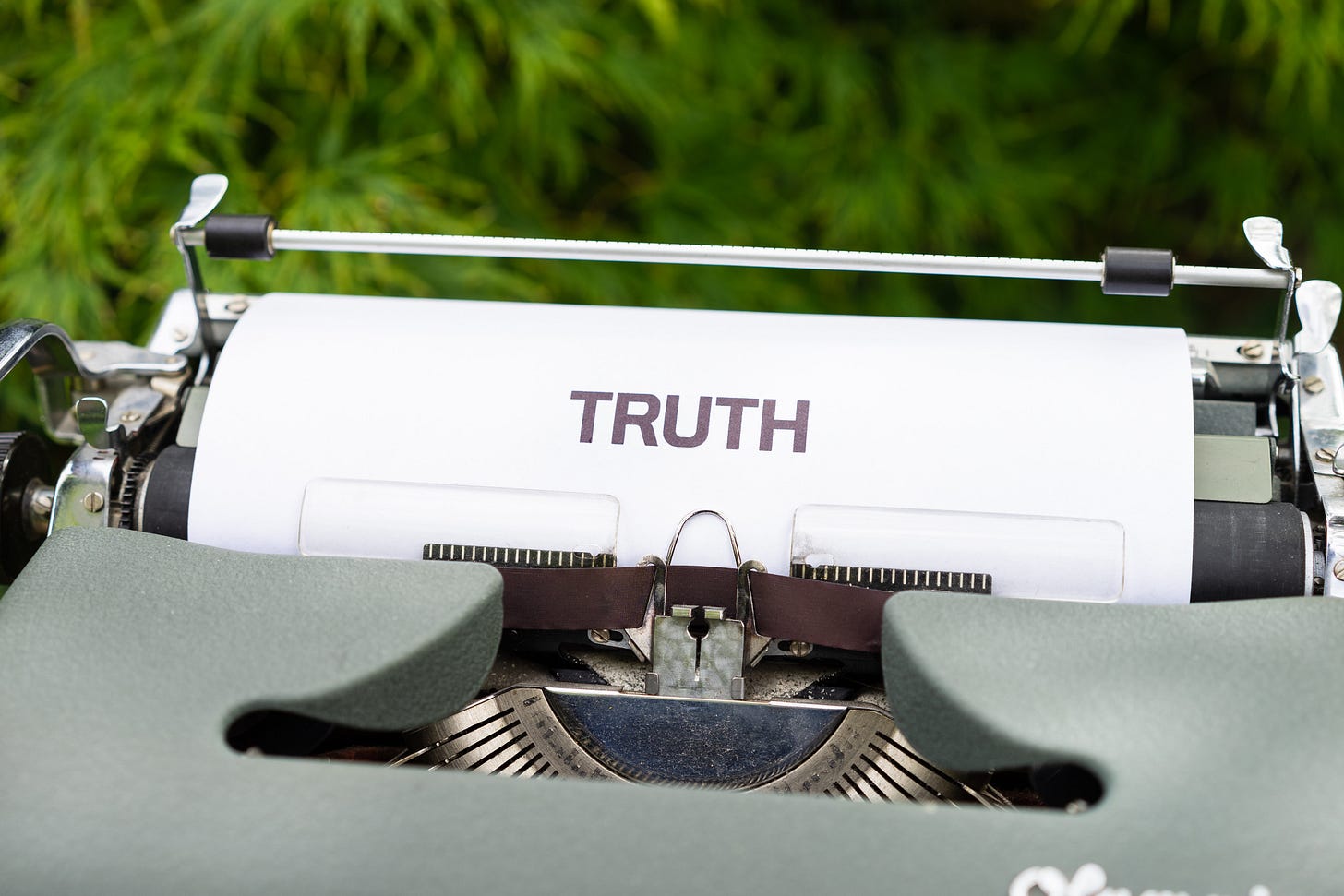




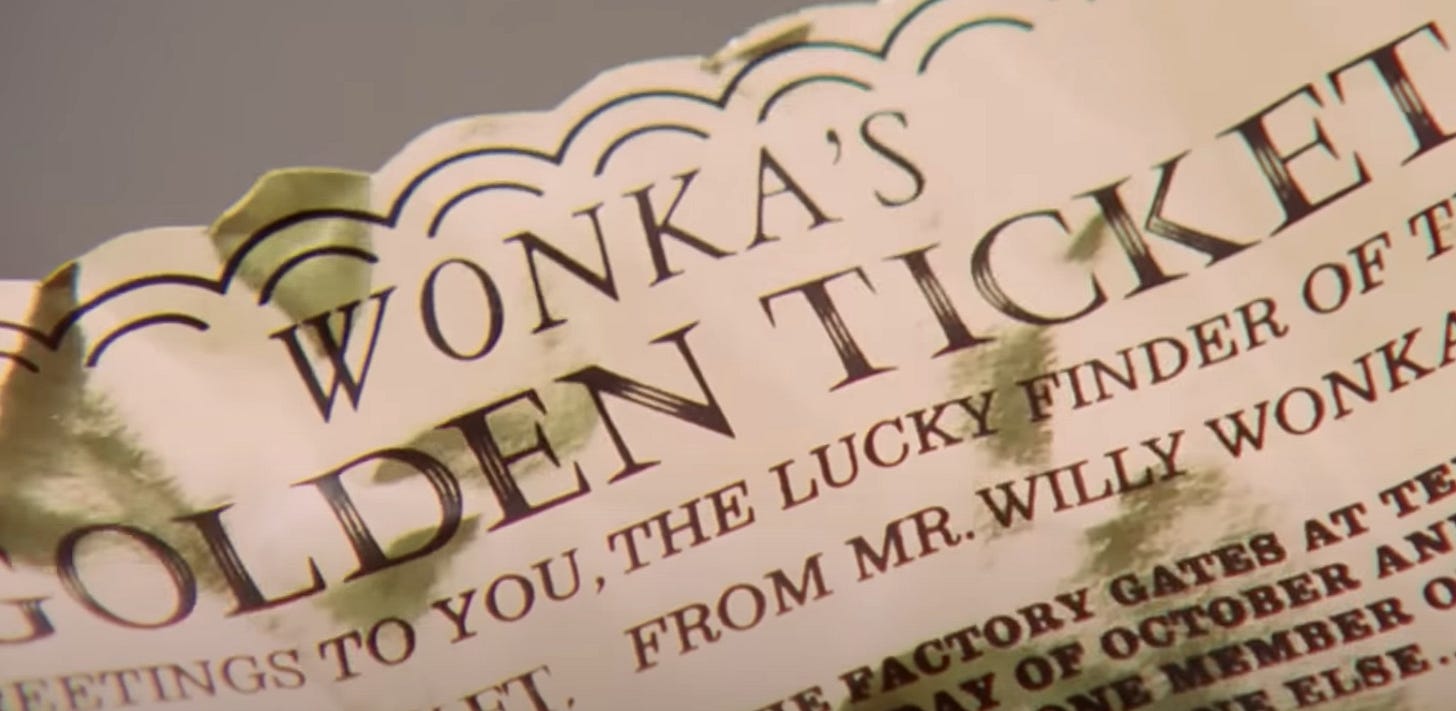
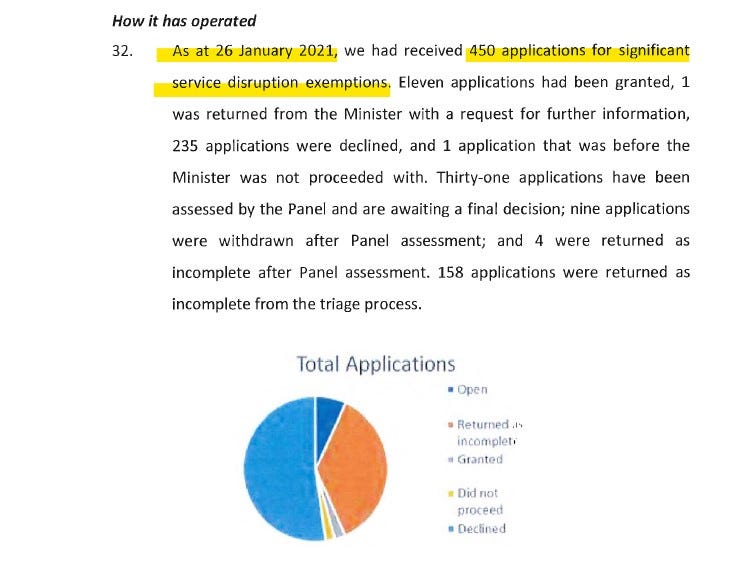
Correction to the issue about one application for multiple staff, this isn’t correct according to the Wayback machine - only one App per staff member however one risk assessment plan for more than one staff member was acceptable for submission. We’d like to see copies of all those 11000-odd applications that were granted!
Great article.
The correct action at the time would have been to not play their exemption games and walk off the job like the West Australians did in iron ore (click my photo).
Exemptions are like jabs - they play into the bankrupt system and are another form of compliance. McGowan said we would have mandates for 'years.' We called his bluff and they toppled in a few months. There were a few people that were so critical to the system that their absence put the entire system at risk. If 10 head surgeons in NZ did the same thing they would have had the same results.
Everyone then went back to work in the mines.